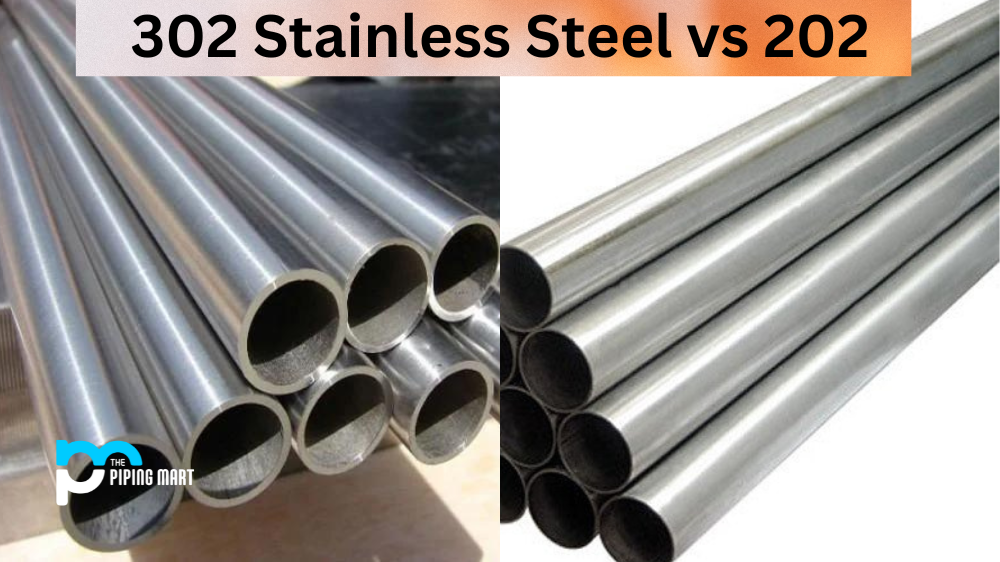When selecting the knife material, the steel used for the blade attracts much attention. Blades made of high-quality steel last longer and offer better performance. Two types of steel commonly used for knife blades are 3Cr13 and 4Cr13. Both are stainless steels with similar compositions but possess some differences. In this blog post, we will discuss the difference between 4Cr13 and 3Cr13 steel to help you make an informed decision while selecting the material for your knife blade.
What is 4Cr13 Steel?
4Cr13 steel is a Chinese stainless steel grade equivalent to 420. This grade of martensitic stainless steel has good corrosion resistance, medium wear resistance and high hardness properties. It also features good polishing and excellent sharpening, making it an ideal choice for applications such as kitchen utensils and medical instruments.
What is 3Cr13 Steel?
3Cr13 steel is martensitic stainless steel with a relatively low carbon content and good corrosion resistance. It has excellent hardenability, and its tensile strength ranges from 500 to 800MPa. This makes it ideal for uses requiring a combination of hardness, wear resistance, and good mechanical properties. Its machinability is similar to that of 420-grade stainless steel, making it more suitable for applications that require frequent or complex machining.
Difference Between 4Cr13 and 3Cr13 Steel
Composition:
Both 3Cr13 and 4Cr13 are martensitic stainless steels that contain the same amount of carbon, chromium, and nickel. However, 4Cr13 steel contains an additional element, such as molybdenum, which, though in a small amount, enhances its hardness, wear resistance, and corrosion resistance. Therefore, 4Cr13 steel is better if you need a high-wear and corrosion-resistant knife.
Hardness:
Usually, hardness measurements are conducted using the Rockwell hardness scale. The hardness of both 3Cr13 and 4Cr13 steel varies based on their heat treatment. But as a general rule, 4Cr13 steel is harder than 3Cr13 steel. The added molybdenum in 4Cr13 steel enhances its hardness, making it ideal for knife blades requiring high strength and resistance.
Corrosion Resistance:
Both 3Cr13 and 4Cr13 steel alloys are stainless and offer good corrosion resistance. However, 4Cr13 steel is more corrosion-resistant due to the additional molybdenum element. So, if you live near the sea or use your knife often in wet conditions, 4Cr13 steel is a better option.
Price:
4Cr13 steel is more expensive than 3Cr13 steel because of the additional molybdenum element. If you are looking for a budget knife, 3Cr13 steel is a better pick. It is relatively less expensive but still provides excellent performance and durability.
Conclusion:
Choosing the right steel for your knife blade is essential for optimal performance. Both 3Cr13 and 4Cr13 steel have similar compositions but differ in hardness, corrosion resistance, and cost. 4Cr13 steel is the better option if you need a knife that lasts longer, offers better performance, and is corrosion-resistant. On the other hand, 3Cr13 steel can still provide excellent performance and durability at a less expensive cost. So, depending on your needs and budget, you can choose the one that suits you.

Meet Bhavesh, a seasoned blogger with a wealth of knowledge and experience. From metal products manufacturing to retail, Bhavesh has a diverse background in various industries and is dedicated to sharing his insights and expertise with readers.




